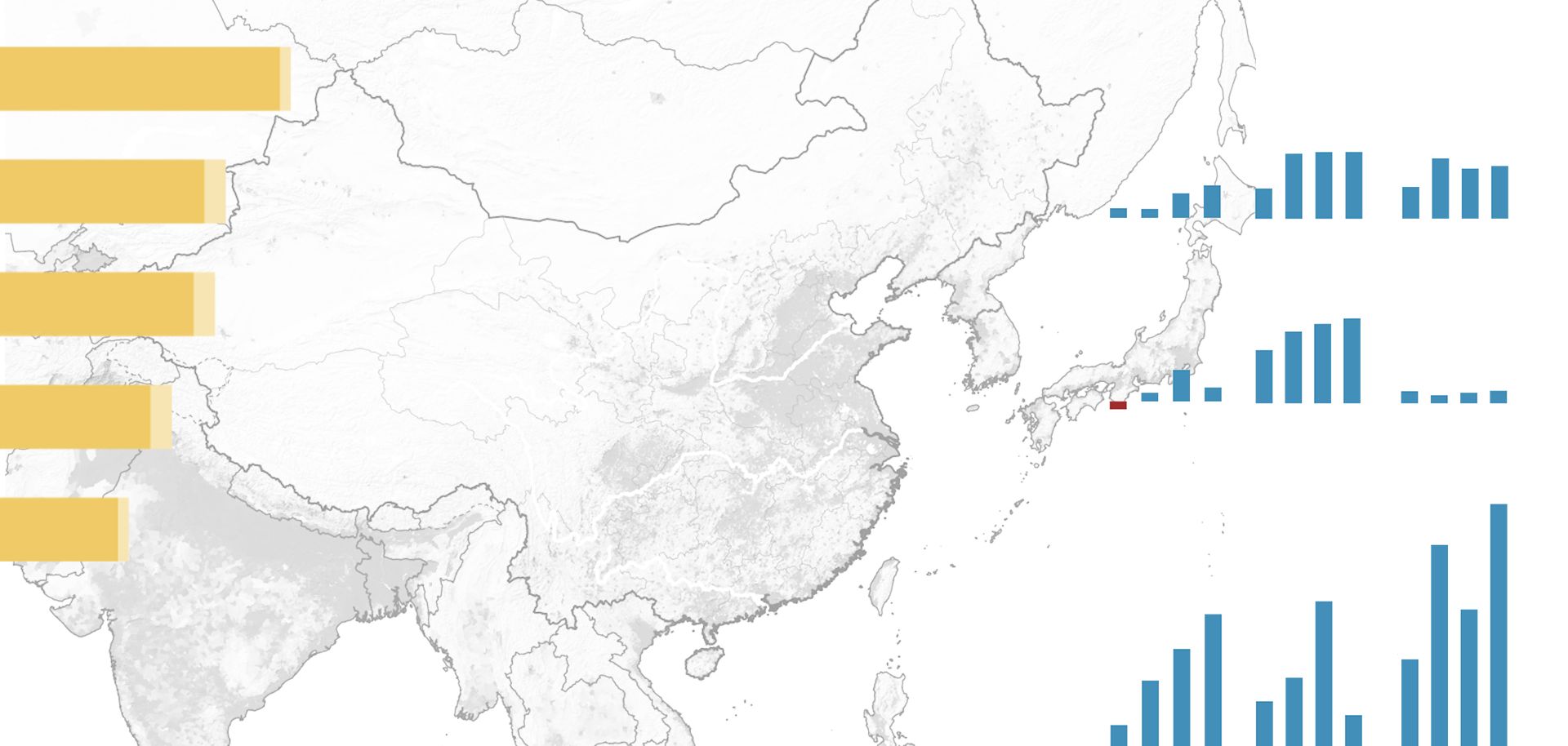
The Philippine archipelago consists of three distinct island clusters populated by peoples who were mostly culturally and politically independent before the Spanish occupation. The northern island cluster, now known as Luzon, is inhabited primarily by the Tagalog, who arrived thousands of years earlier from Southeast Asia. South of Luzon is a region known as Visayas, home to the Philippines' largest ethnic group, the Visayans. This group's geographic position at the center of the archipelago makes it the lynchpin uniting Luzon with the southernmost island chain, Mindanao. Populated by the predominantly Muslim Moro tribe, which has far more in common culturally and ethnically with Indonesia and Malaysia than it has with the northern Philippine islands, Mindanao has always been a hotbed for political unrest and instability in the country. For a country as culturally, ethnically and religiously diverse as the Philippines, unification requires gathering enough political force to deal with internal threats while simultaneously maintaining security against outside incursions along its long, vulnerable coastline. After uniting the islands under a central authority, the Philippines' next most important imperative is securing country's 36,000 kilometers (22,000 miles) of coastline. Manila's perennial difficulty is achieving these imperatives at the same time. The near-constant domestic insecurity that the Philippine government faces in Mindanao severely limits the military's ability to protect the coast. Therefore, Manila must seek the protection of greater powers.



